I love creating free content full of tips for my readers, you. I don't accept paid sponsorships, my opinion is my own, but if you find my recommendations helpful and you end up buying something you like through one of my links, I could earn a commission at no extra cost to you. Learn more
A shop vac is one of the tools that have to be present in a garage to call it complete and functional. Whether you are interested in woodworking, or DIY projects, or cars, a shop vac is always there to clean up the mess you made.
As a result, this machine does take quite a beating. Often, the first sign of this is seen on the hose. Thus, knowing how to remove and change a shop vac hose is necessary. If you’ve been using a shop vac for a while, you will know what I mean when I said knowing how to change a shop vac hose is important.
Those often tend to break, leak, or simply wear down and eventually snap out of the socket mid-operation. And trust me, once this starts happening, things just keep getting worse.
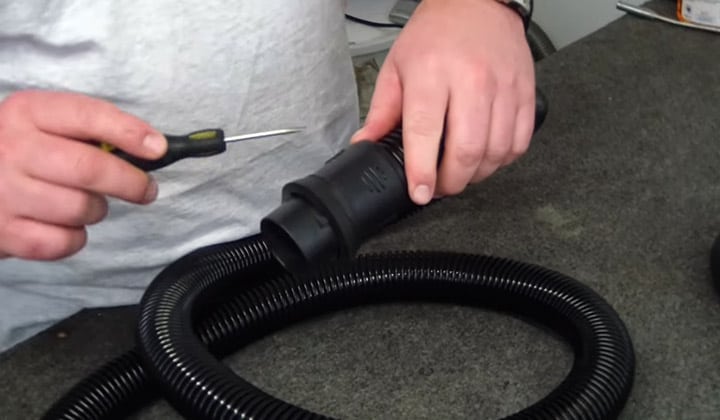 The problems are common since the parts are often made of plastic or some other synthetic materials. Not knowing how to remove or replace the parts properly doesn’t help either. If it does anything, it helps the abrasion and makes the annoying snaps more frequent. To solve those, here’s how to remove a shop vac hose.
The problems are common since the parts are often made of plastic or some other synthetic materials. Not knowing how to remove or replace the parts properly doesn’t help either. If it does anything, it helps the abrasion and makes the annoying snaps more frequent. To solve those, here’s how to remove a shop vac hose.
How To Remove A Shop Vac Hose | Precautions
Removing a shop vac hose is a simple and fast process. However, you do need to be careful. Often, the parts are made of plastic or other polymers like PVC, which makes them light, flexible, but they are neither the strongest material nor are they abrasion-resistant. So, taking good care of them is crucial. And the “taking care” part begins even before you bought the replacement hose. Here are some precautions you should follow-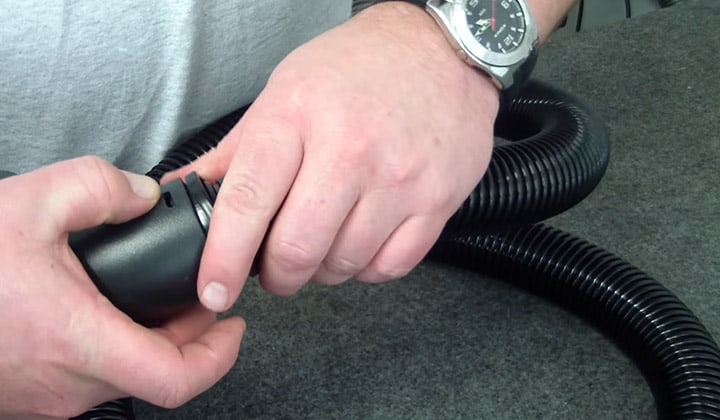
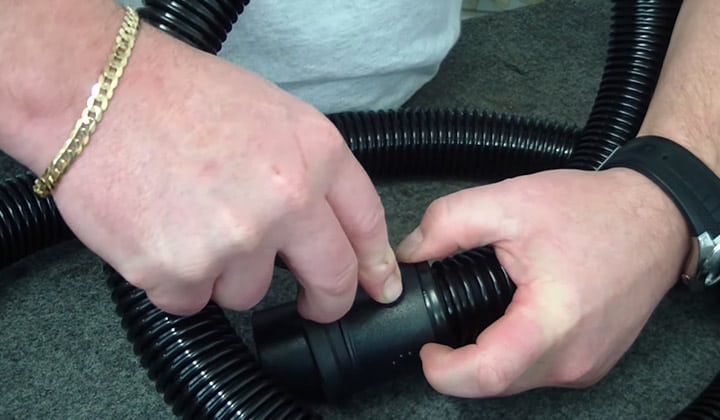
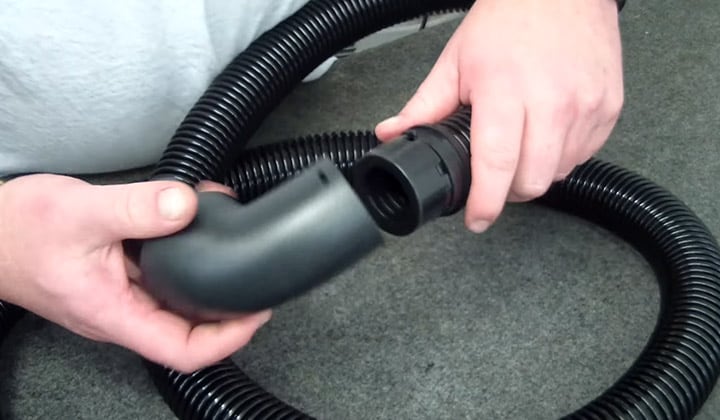
How To Remove A Shop Vac Hose | The Process
There are a few types of connectors used in the shop vac hose connector. While the Posi lock style/push-n-click type connectors dominate the market, there are also unorthodox ones like the threaded ones, or cuff couplers, or something else.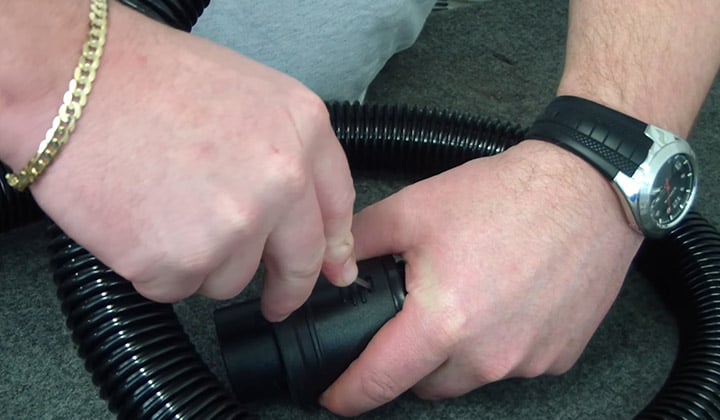
Final Thoughts
Removing and changing the hose of a shop vac is a fairly simple task. And this is one of the most performed maintenance works done inside a workshop. It will turn into a habit very soon once you start attending it relatively frequently. However, it may seem a little daunting the first few times. But that is a part of learning, and learning is never the easiest thing to do. I tried to explain the process as simply as I could, and if you followed closely, the process of changing the hose of a shop vac should be fun. Just like another DIY project almost.I'm Joost Nusselder, the founder of Tools Doctor, content marketer, and dad. I love trying out new equipment, and together with my team I've been creating in-depth blog articles since 2016 to help loyal readers with tools & crafting tips.
